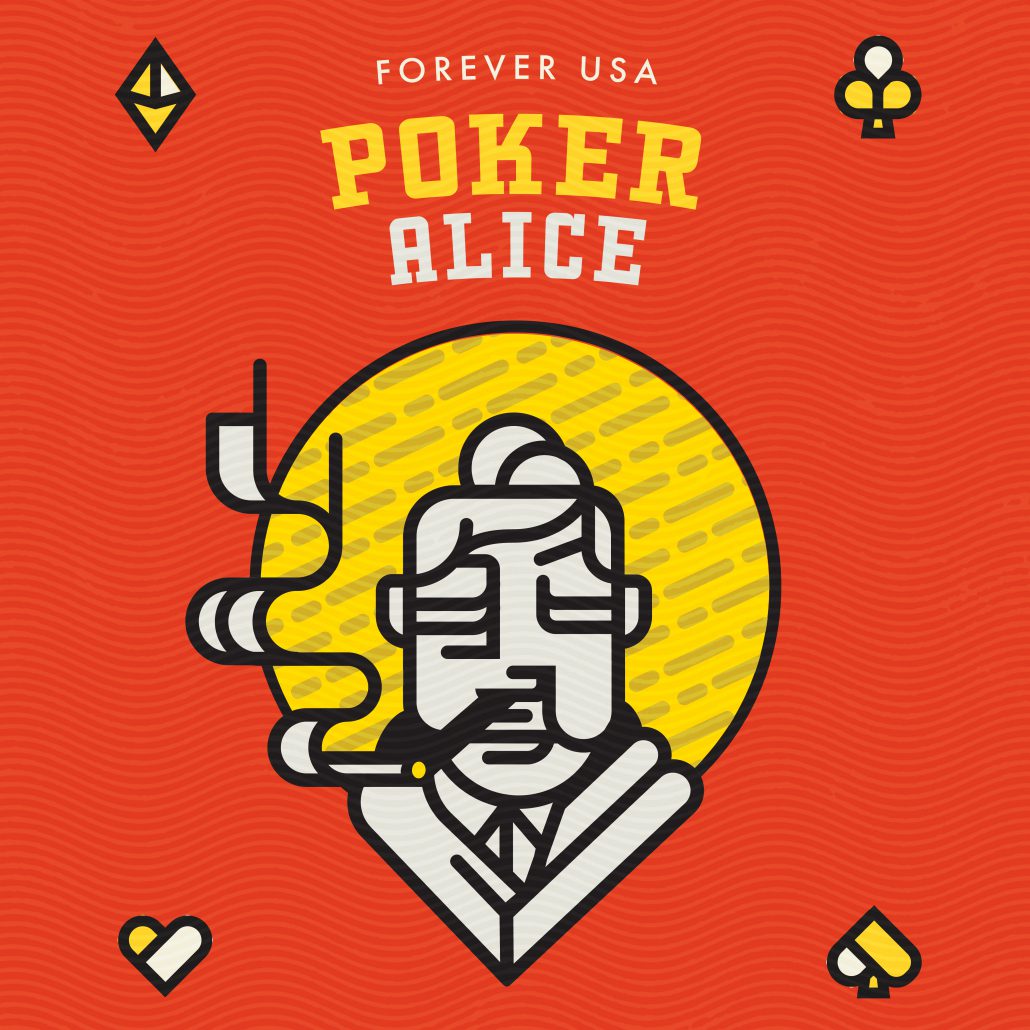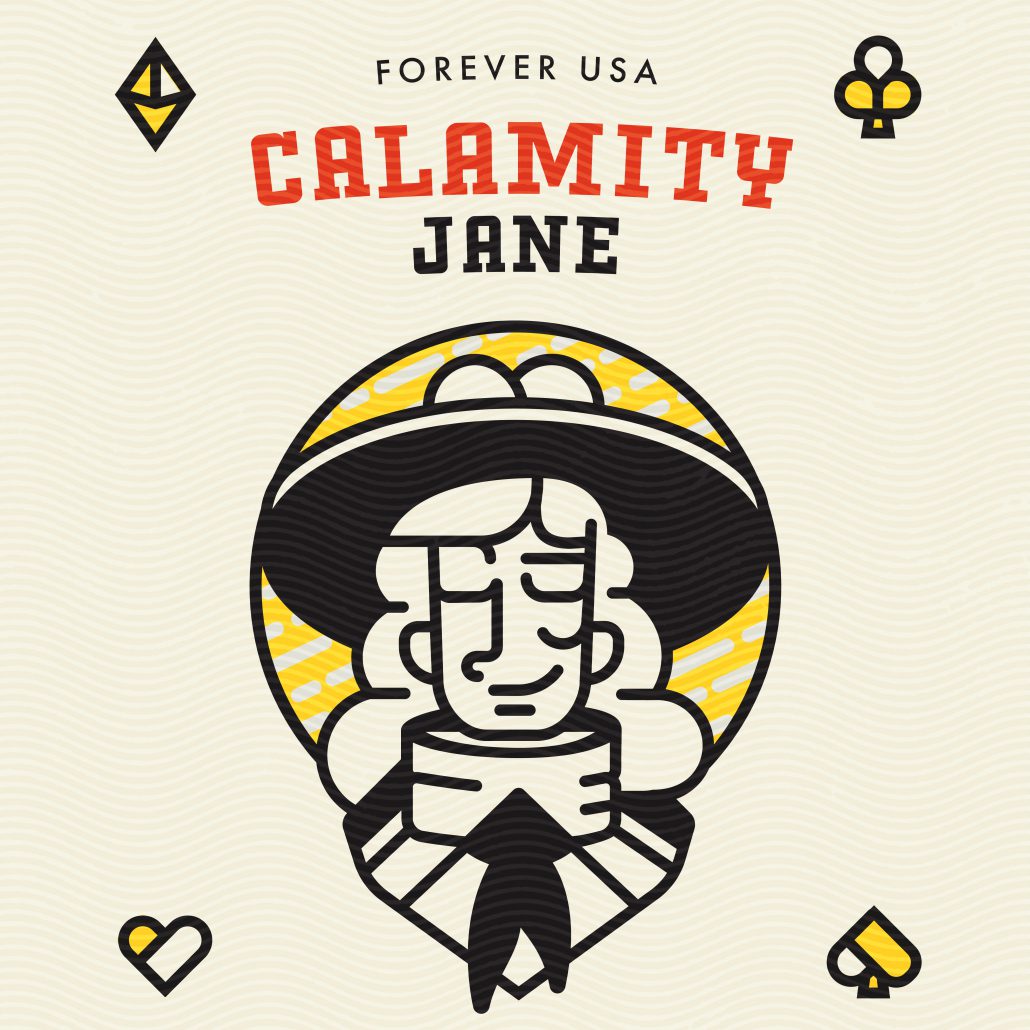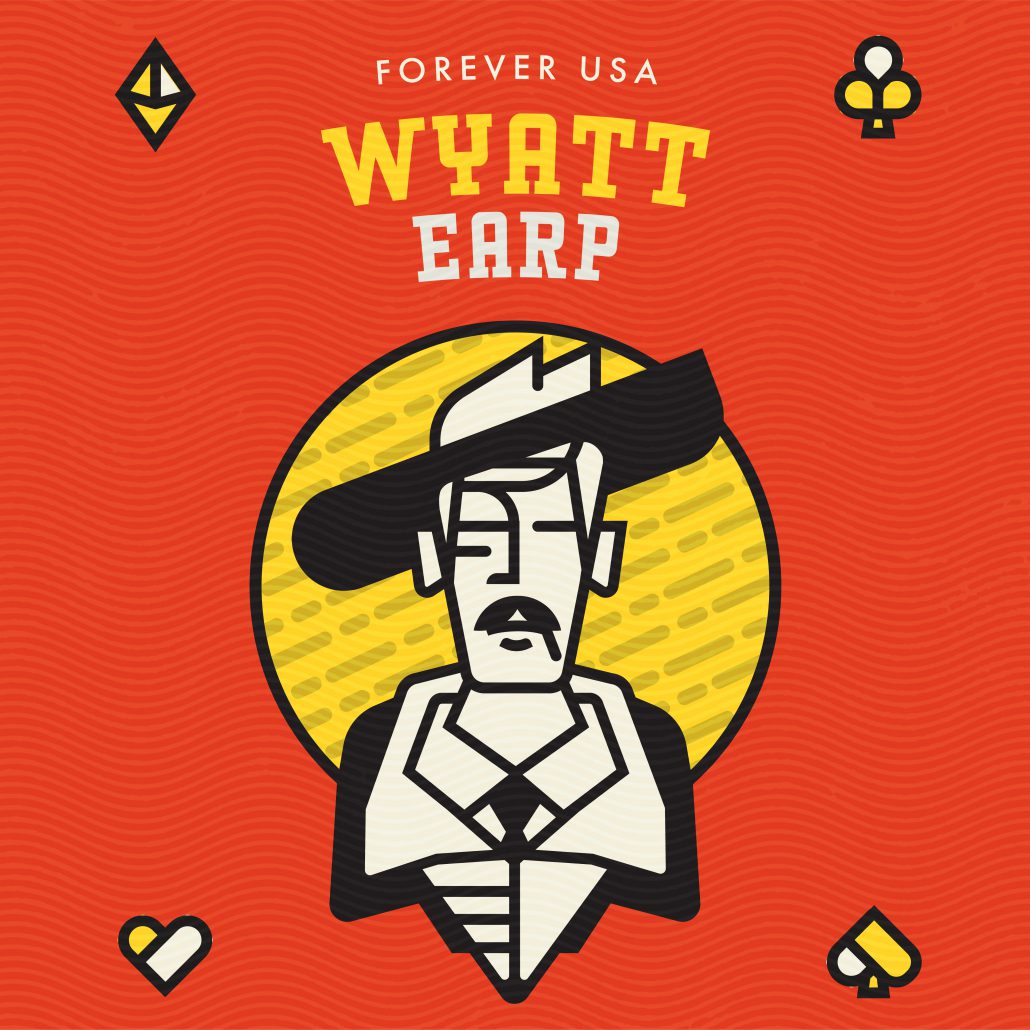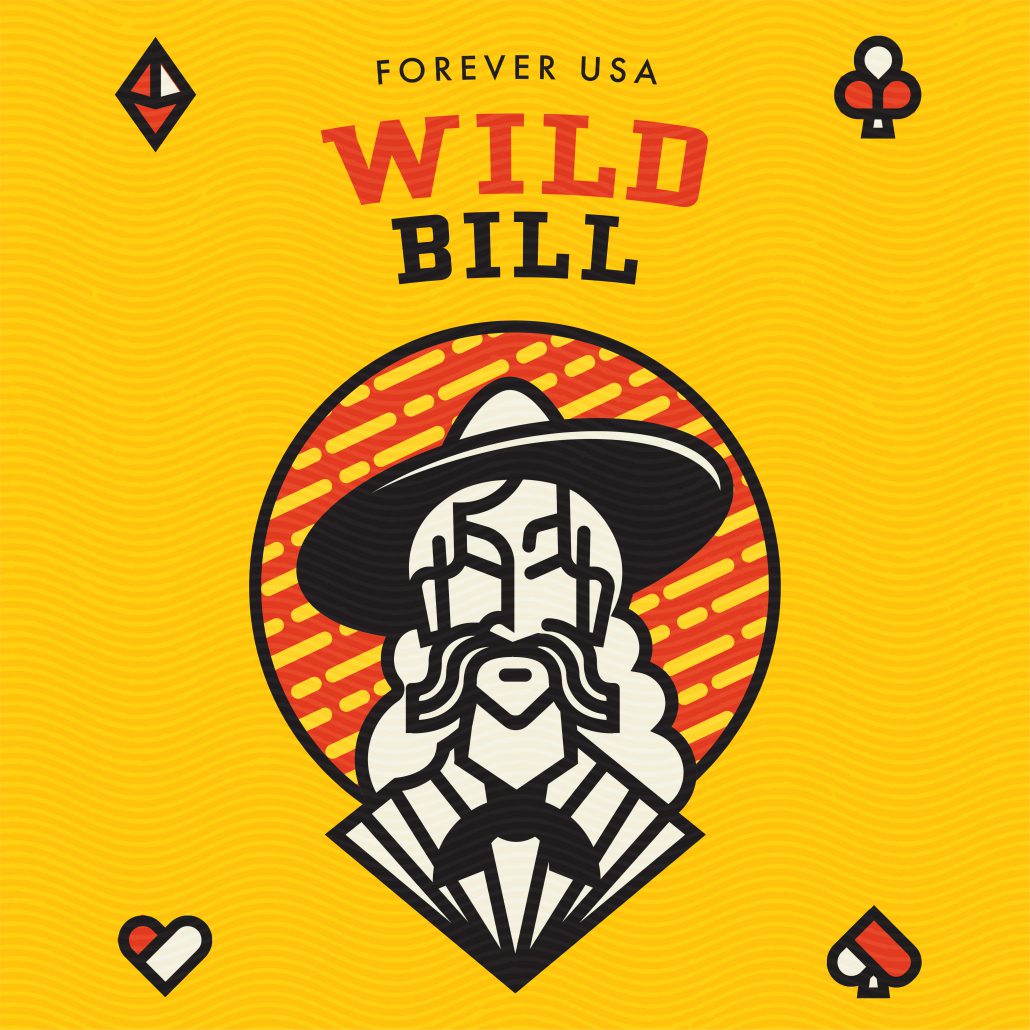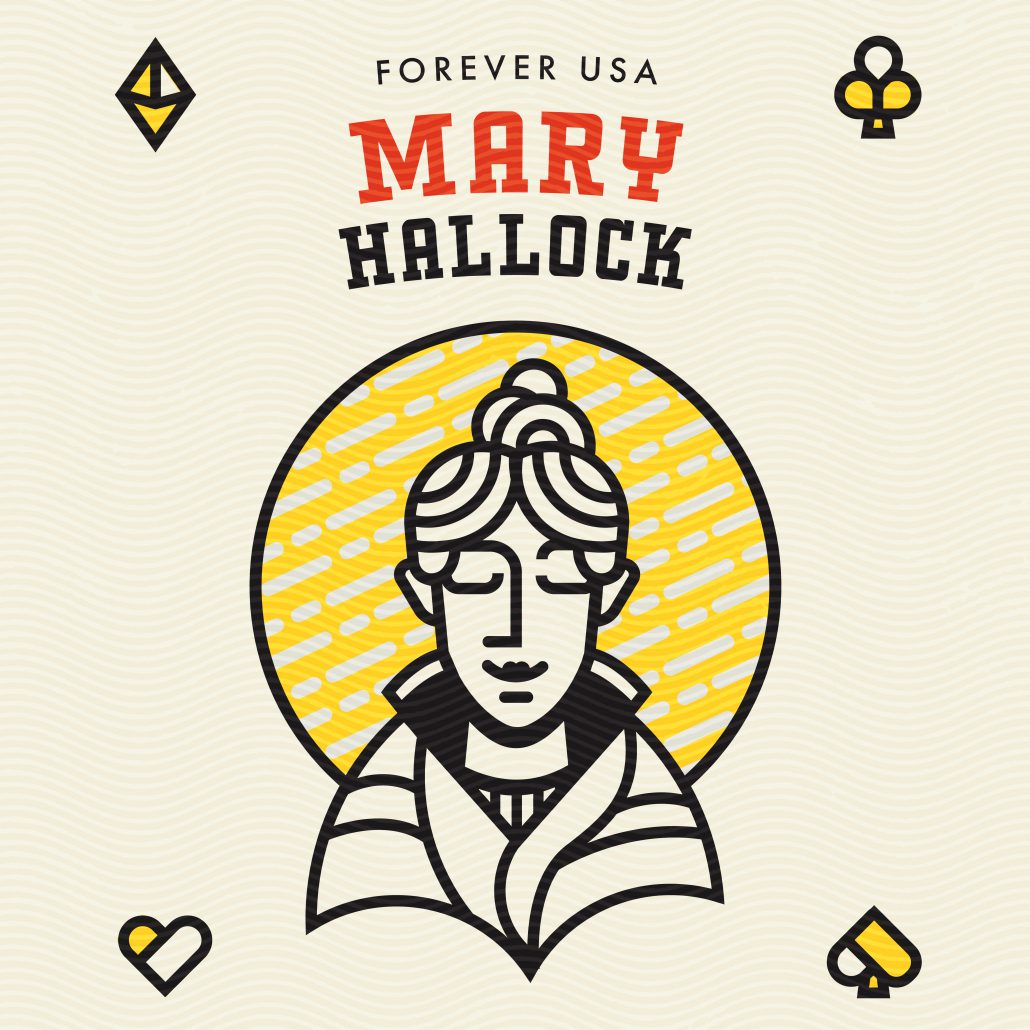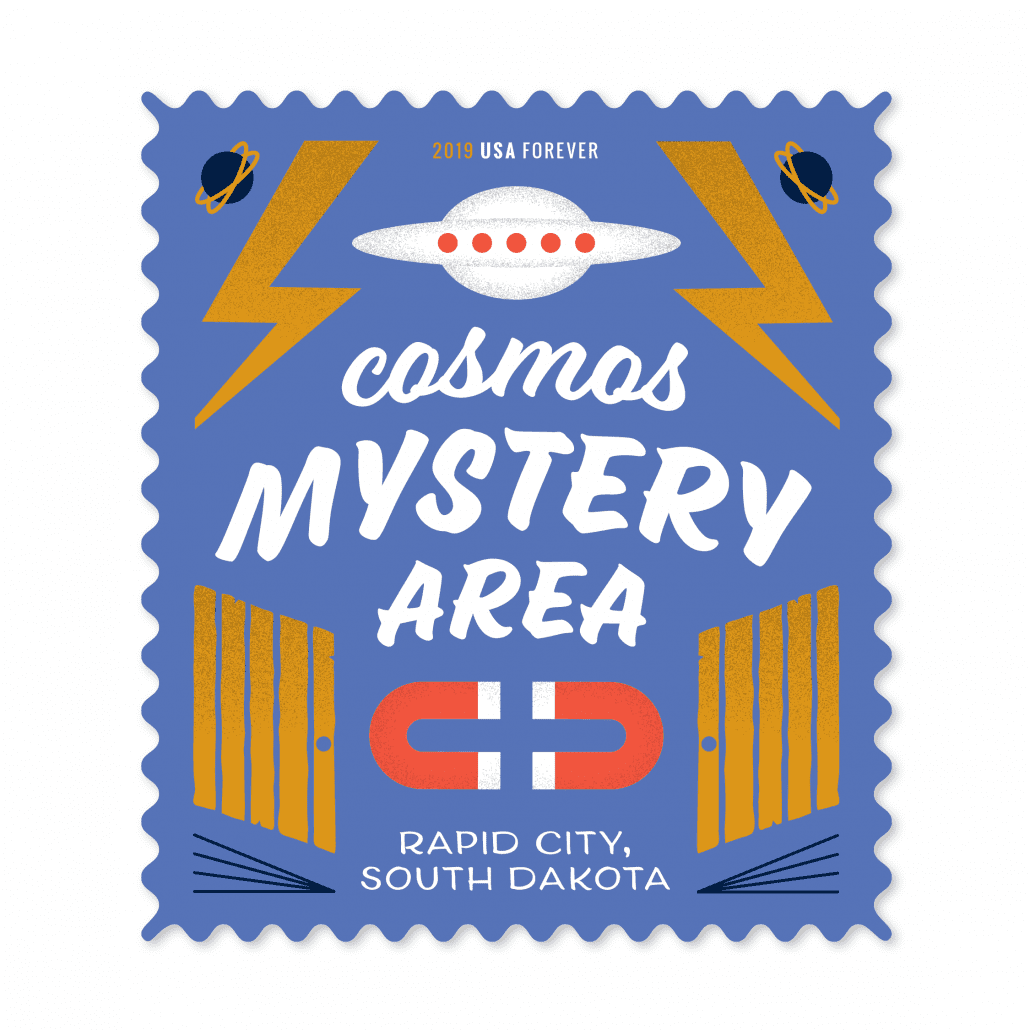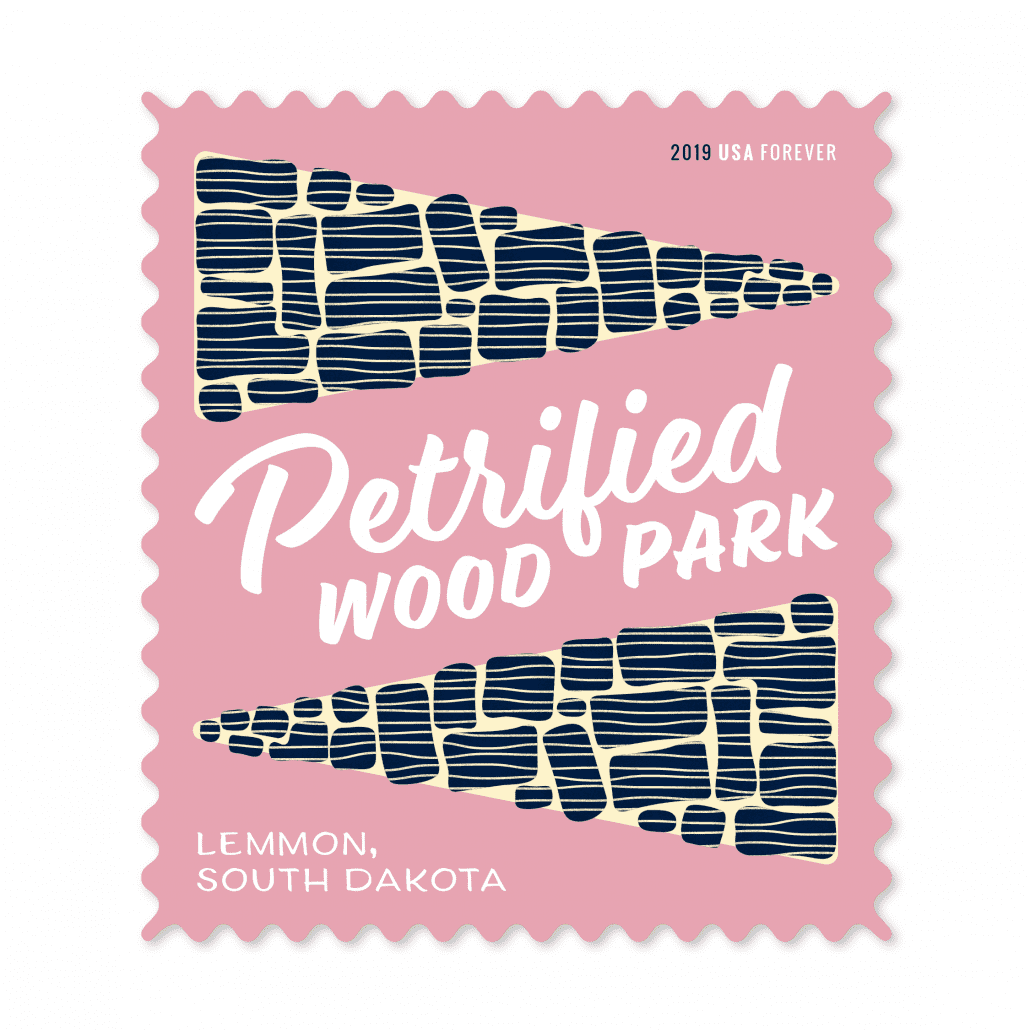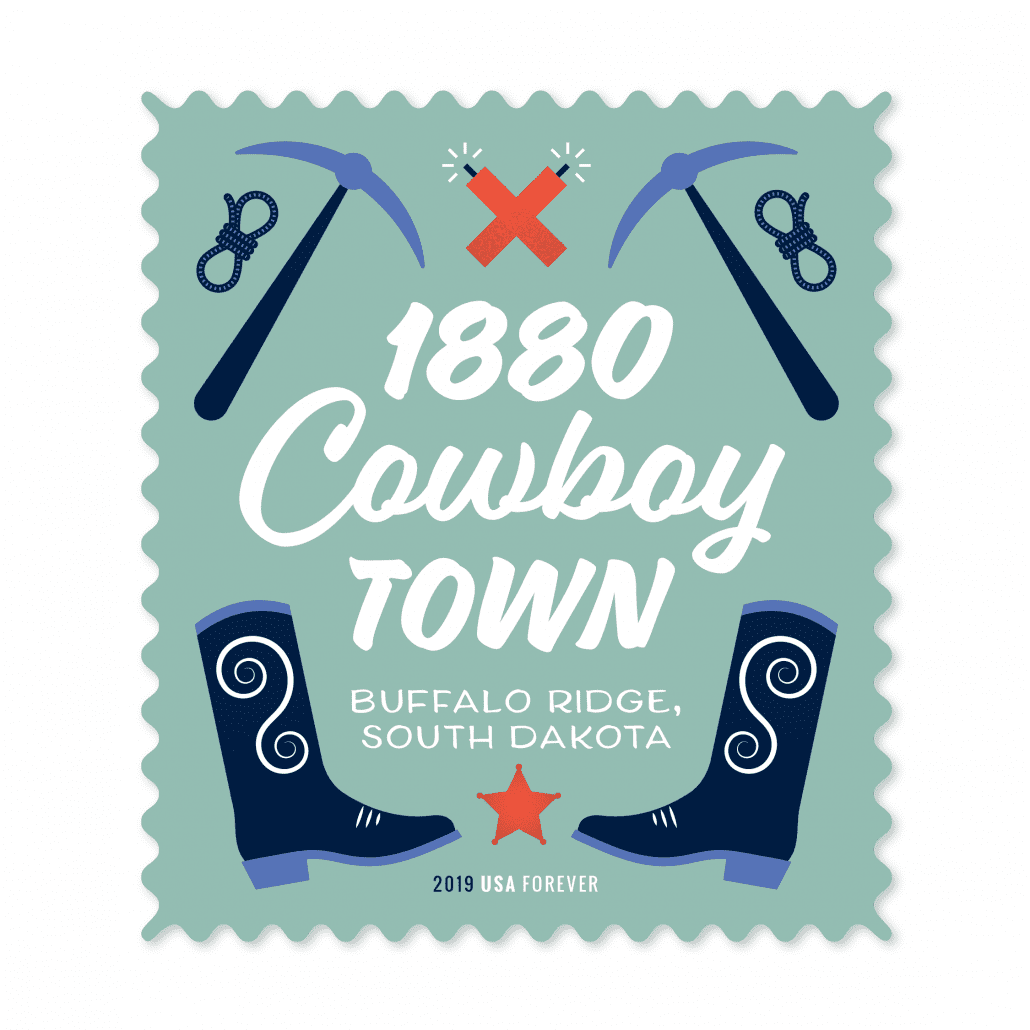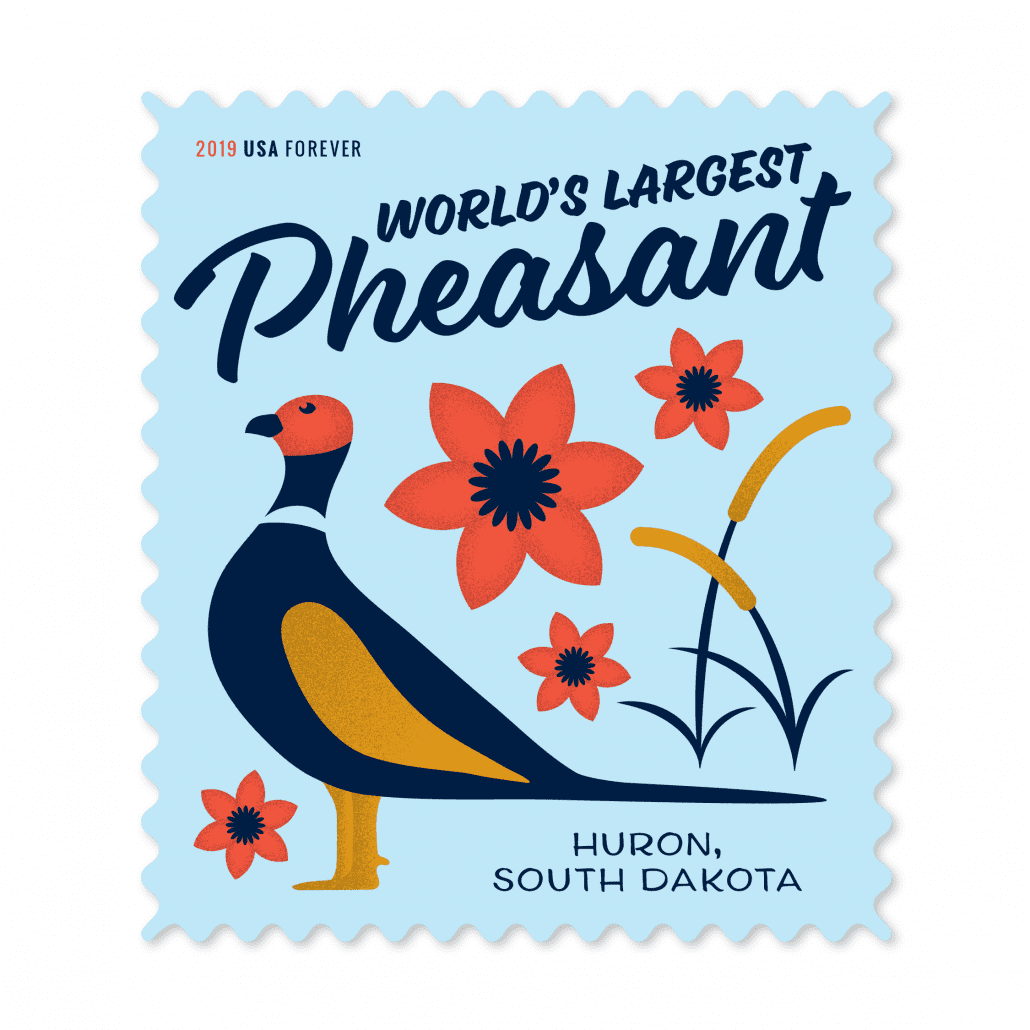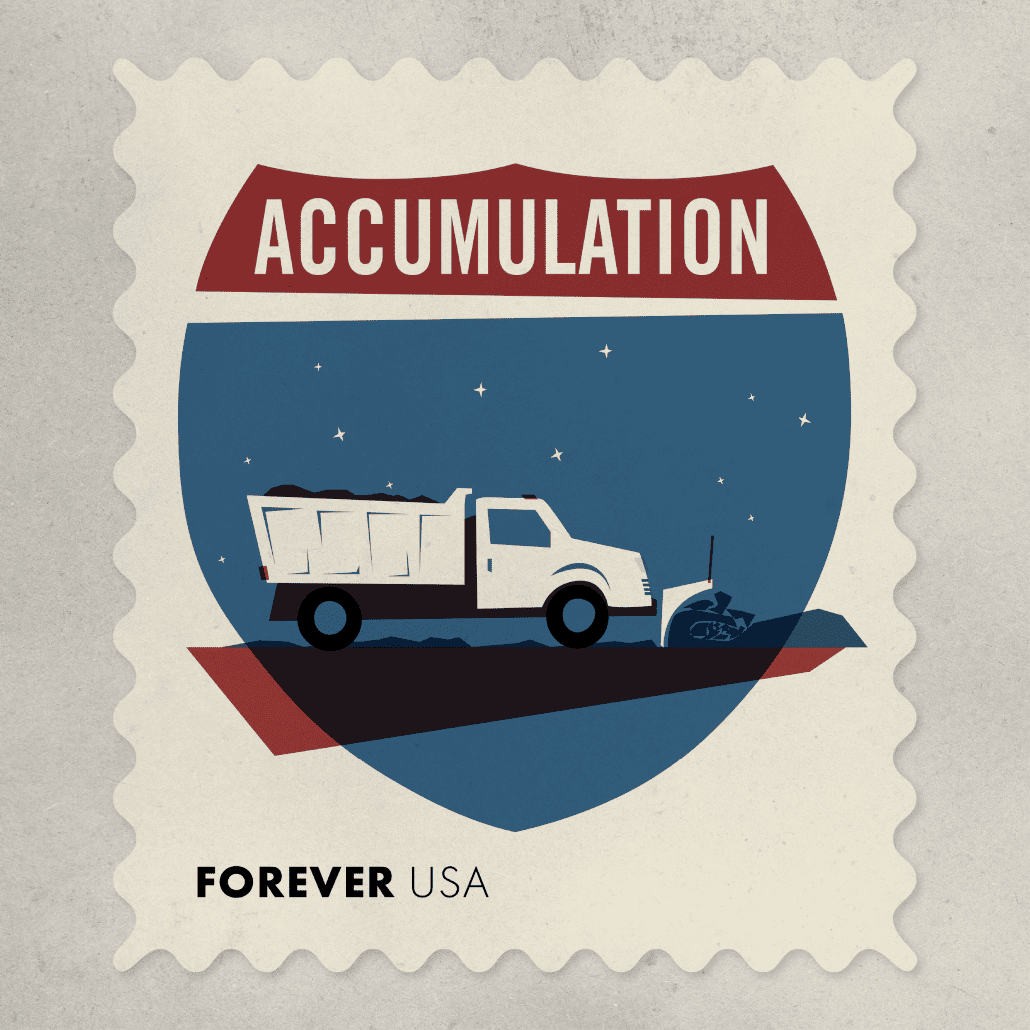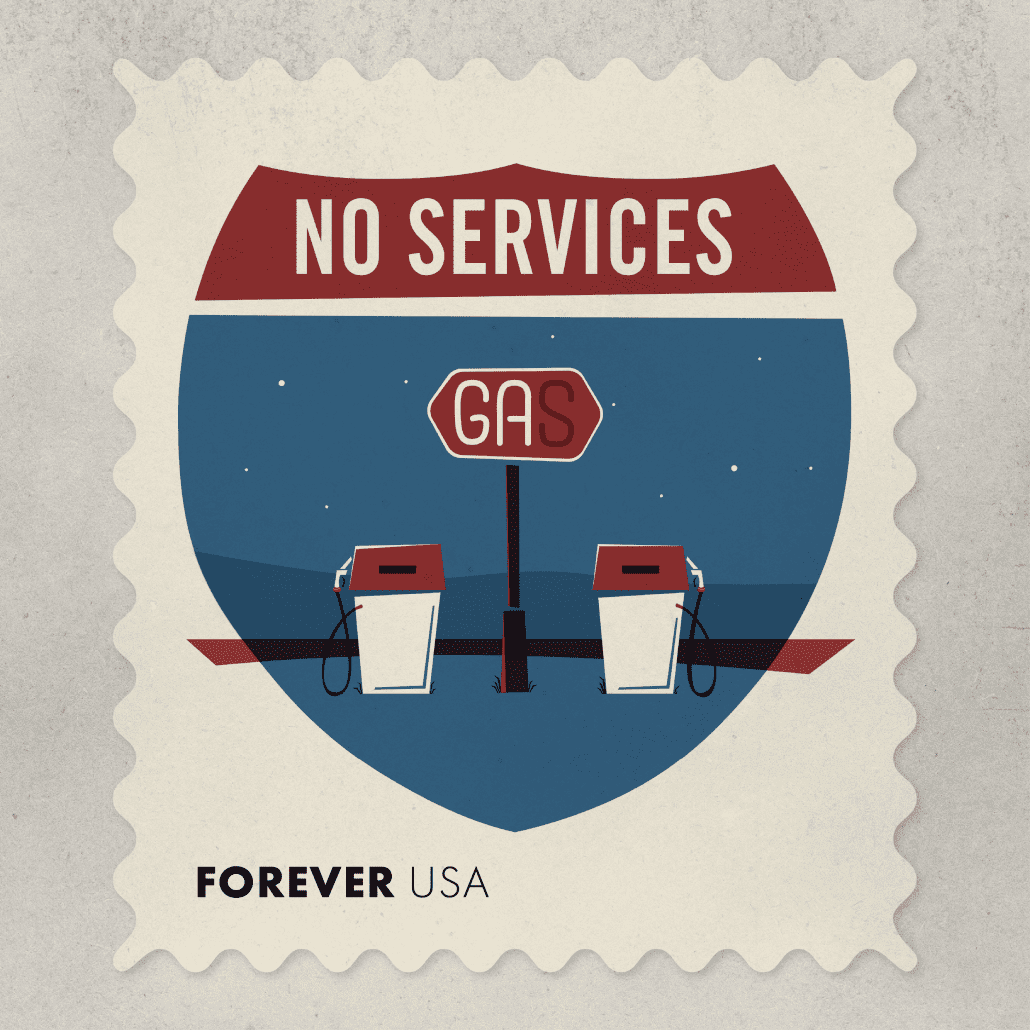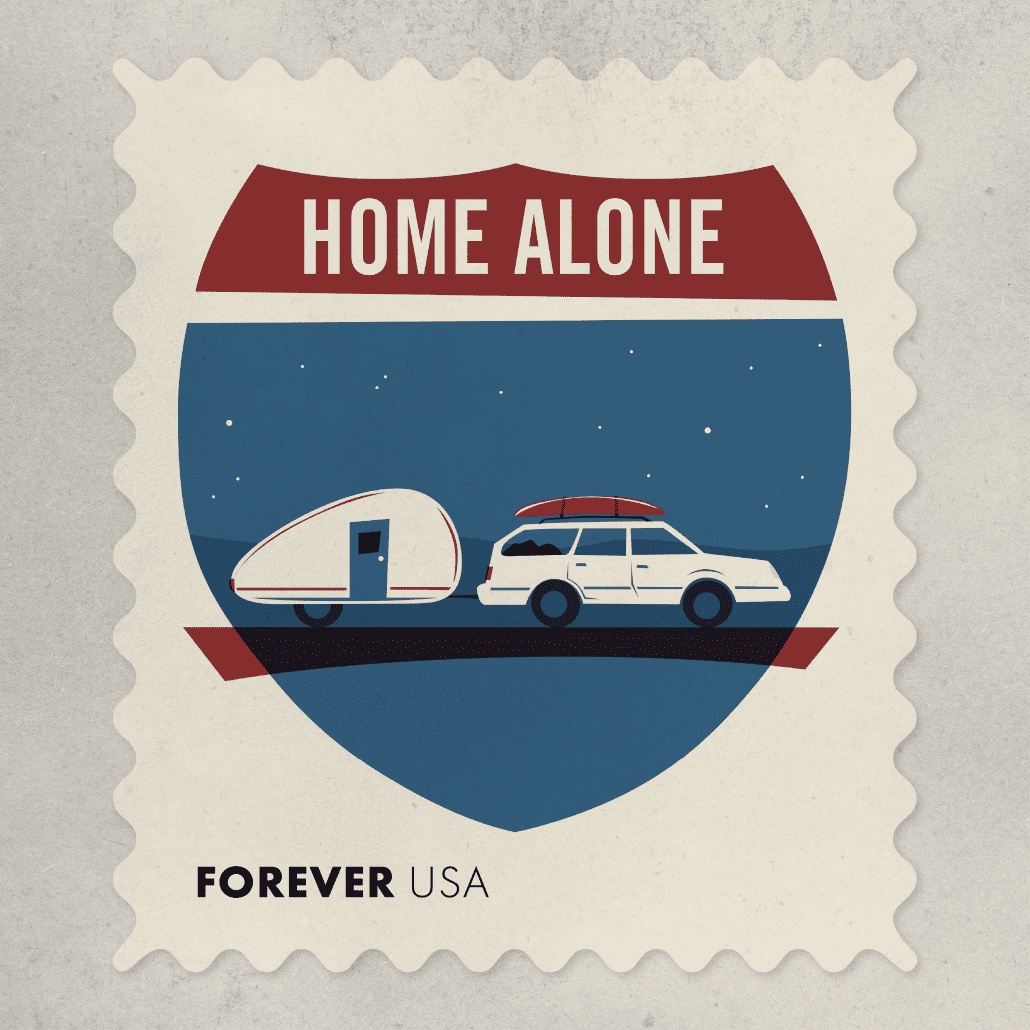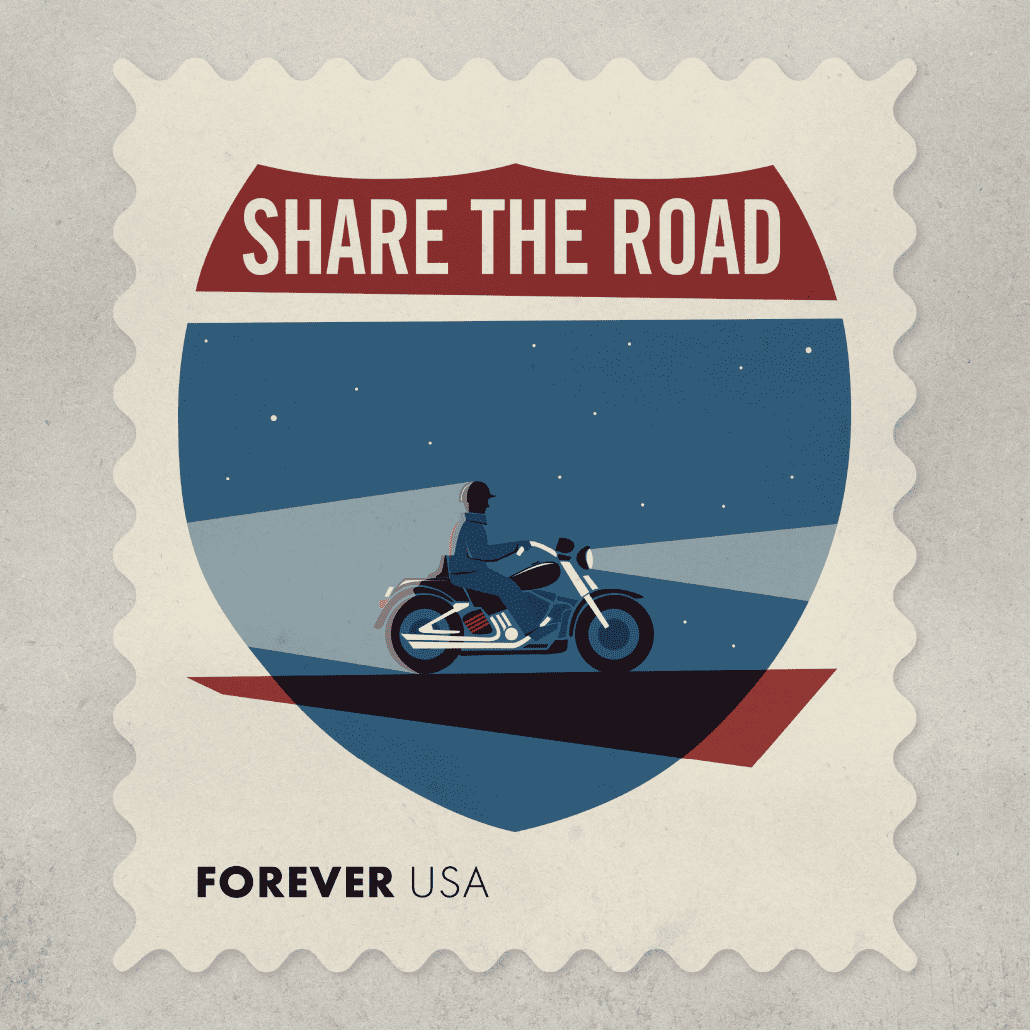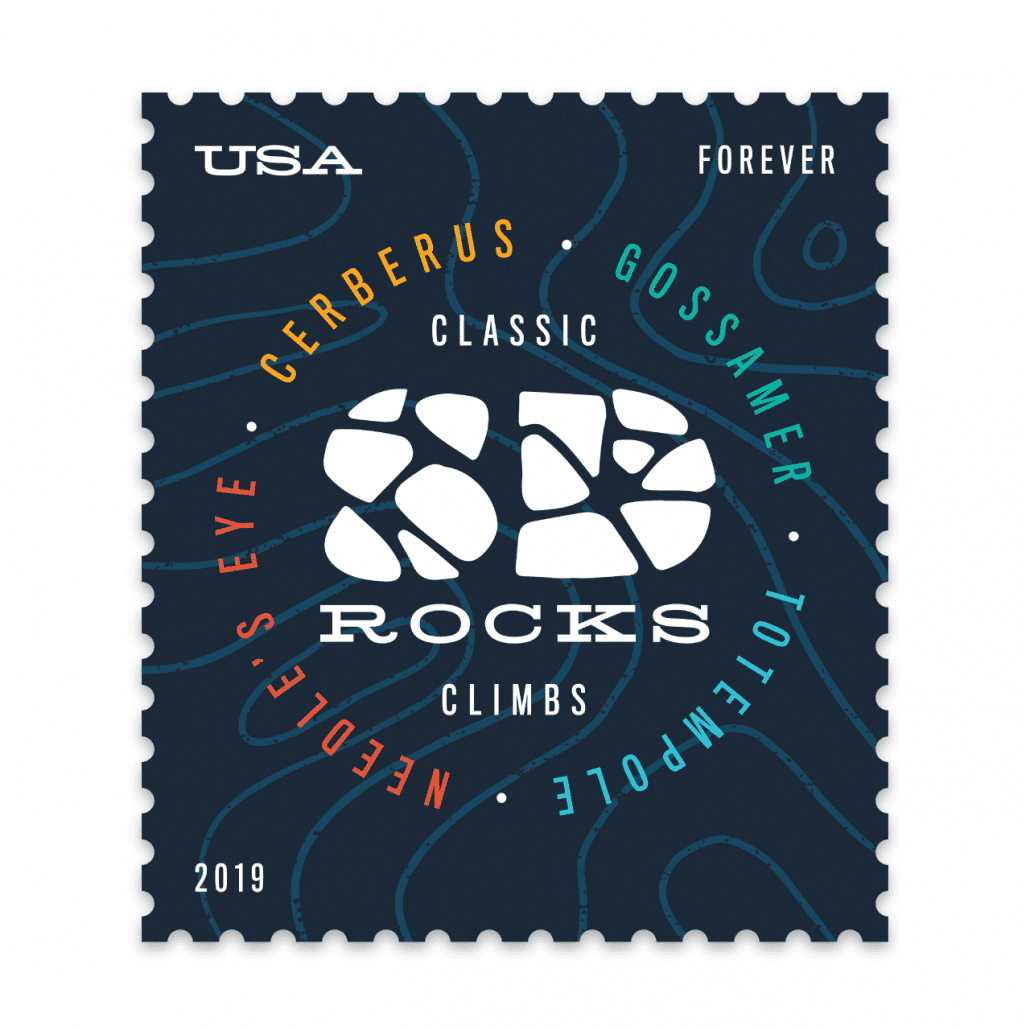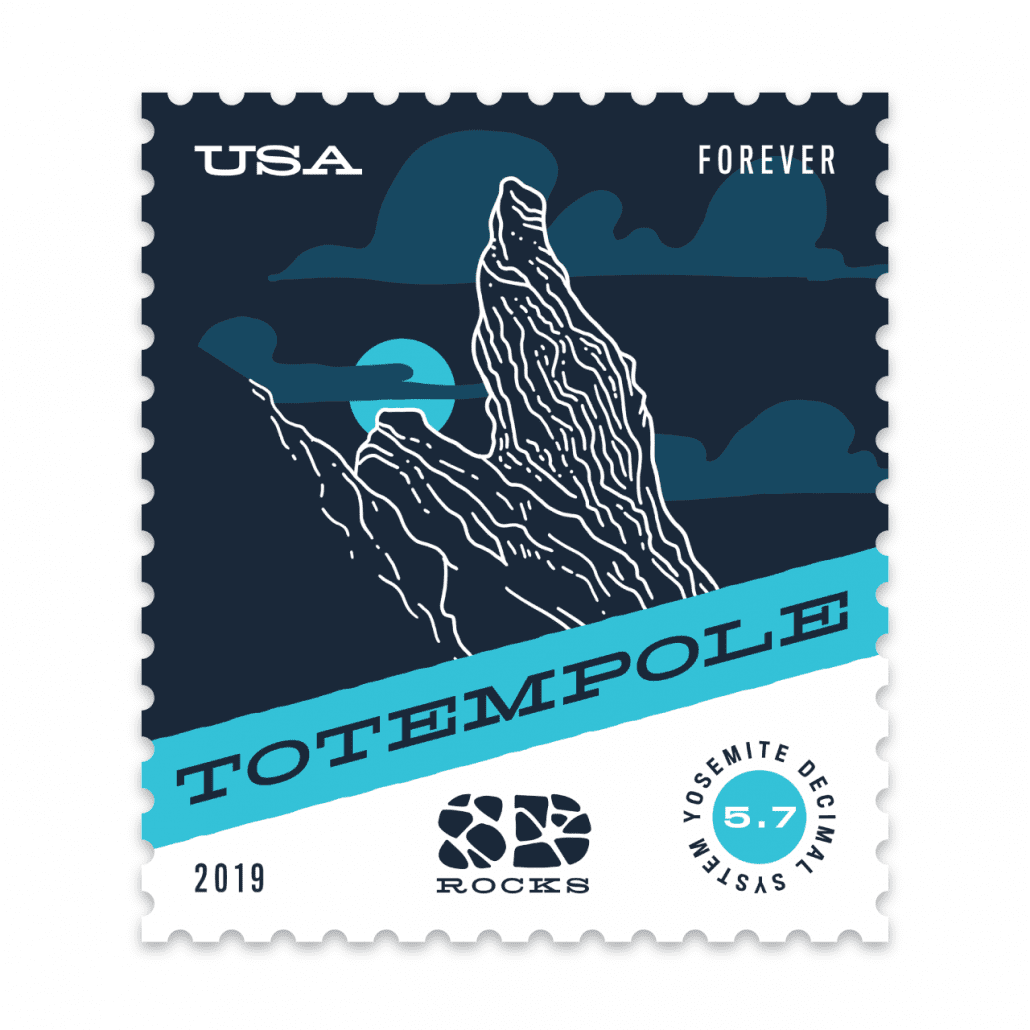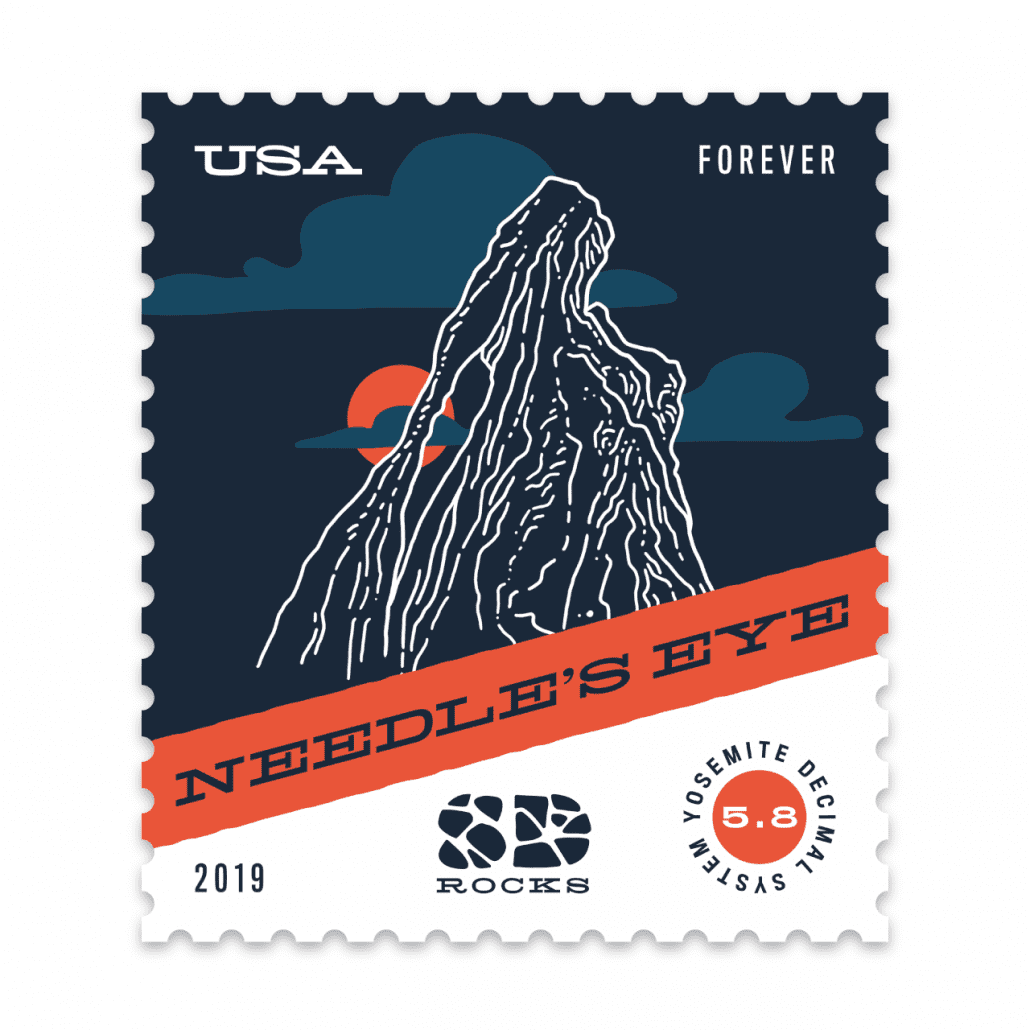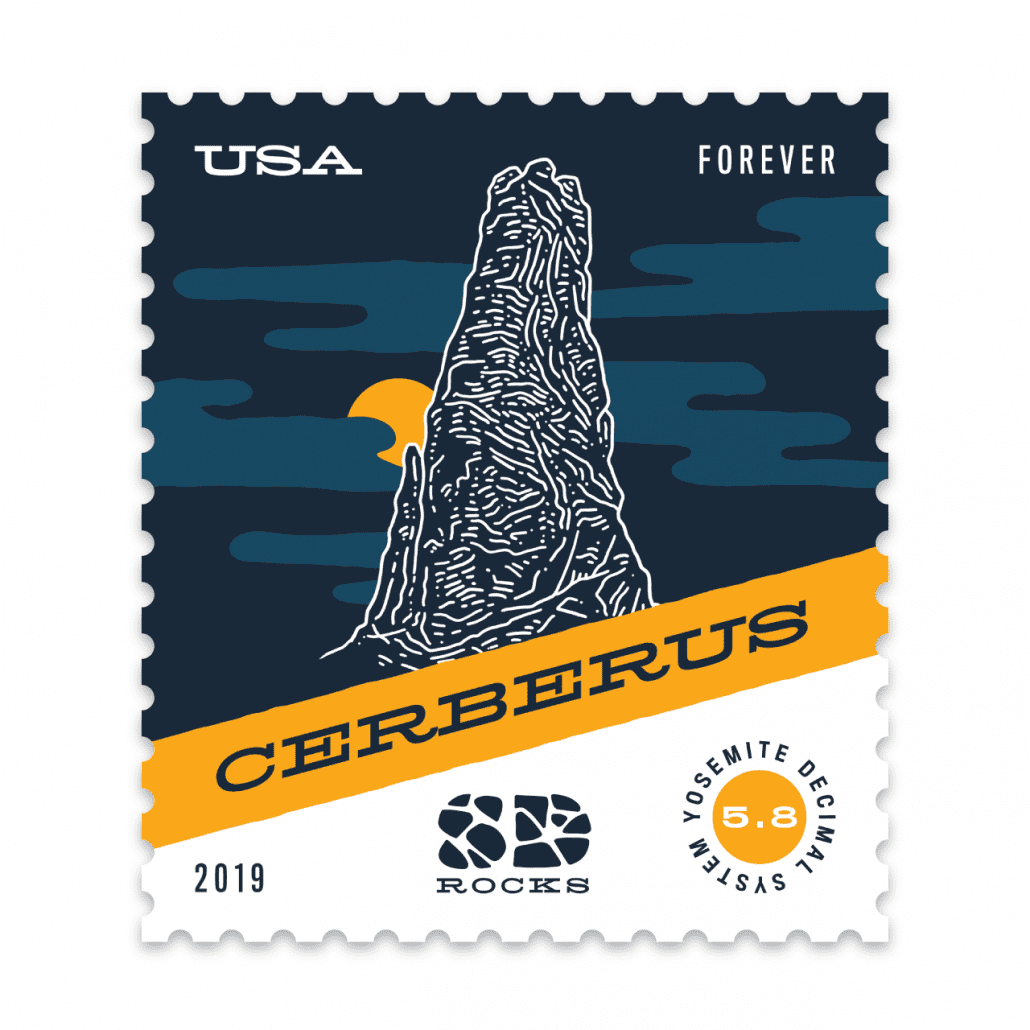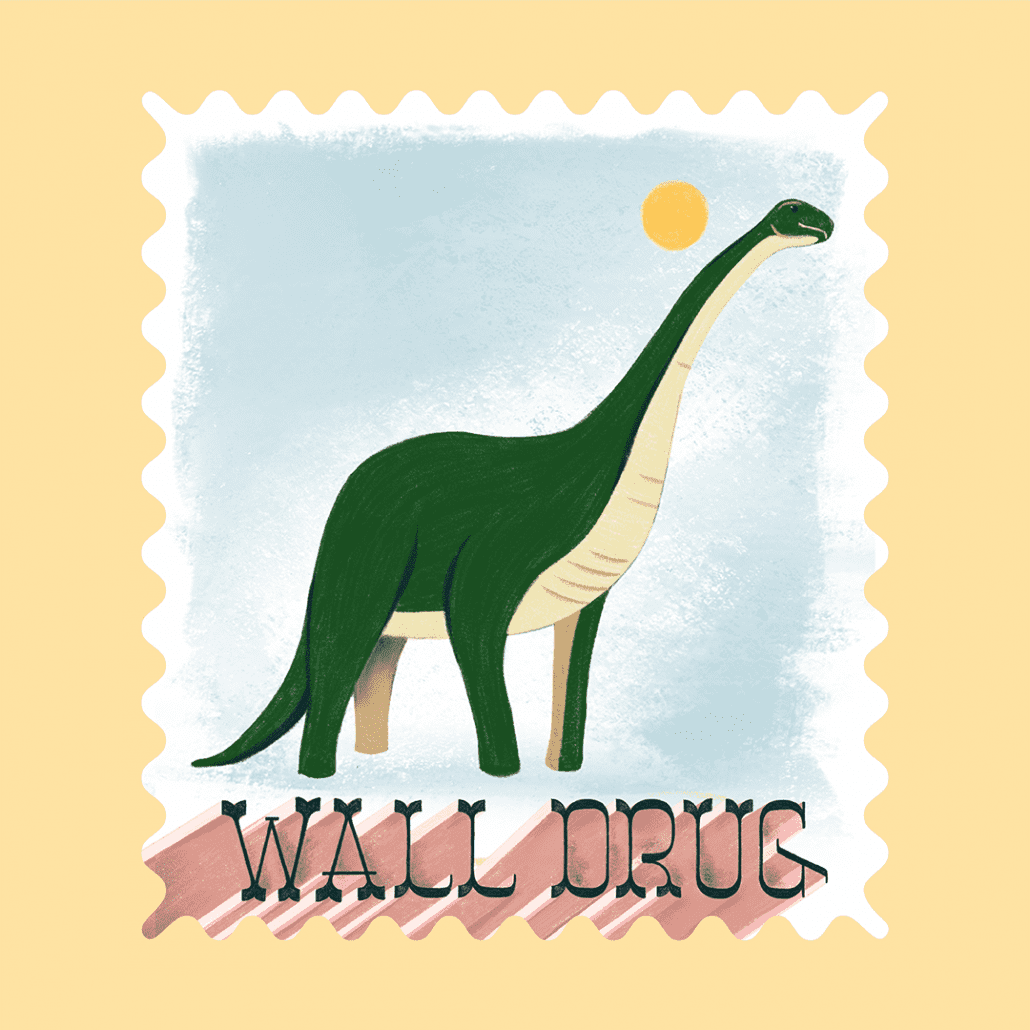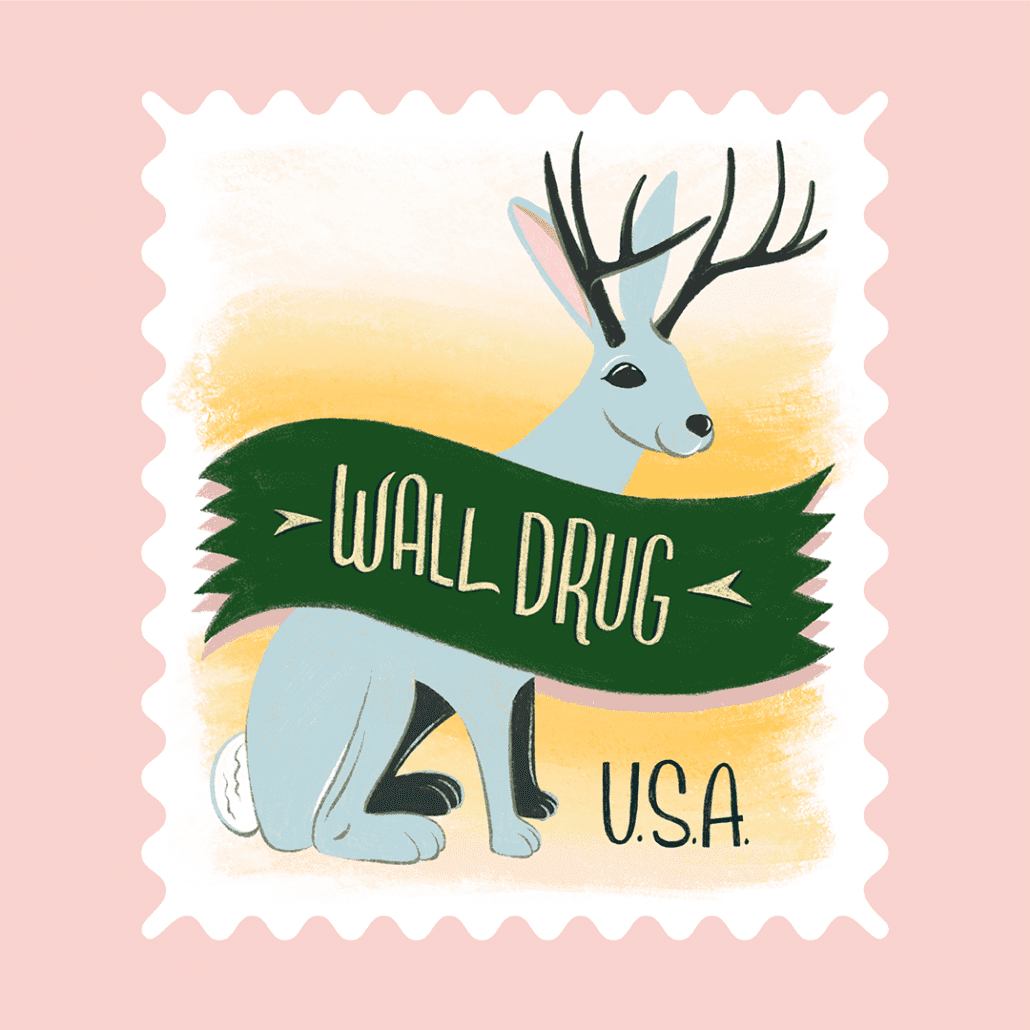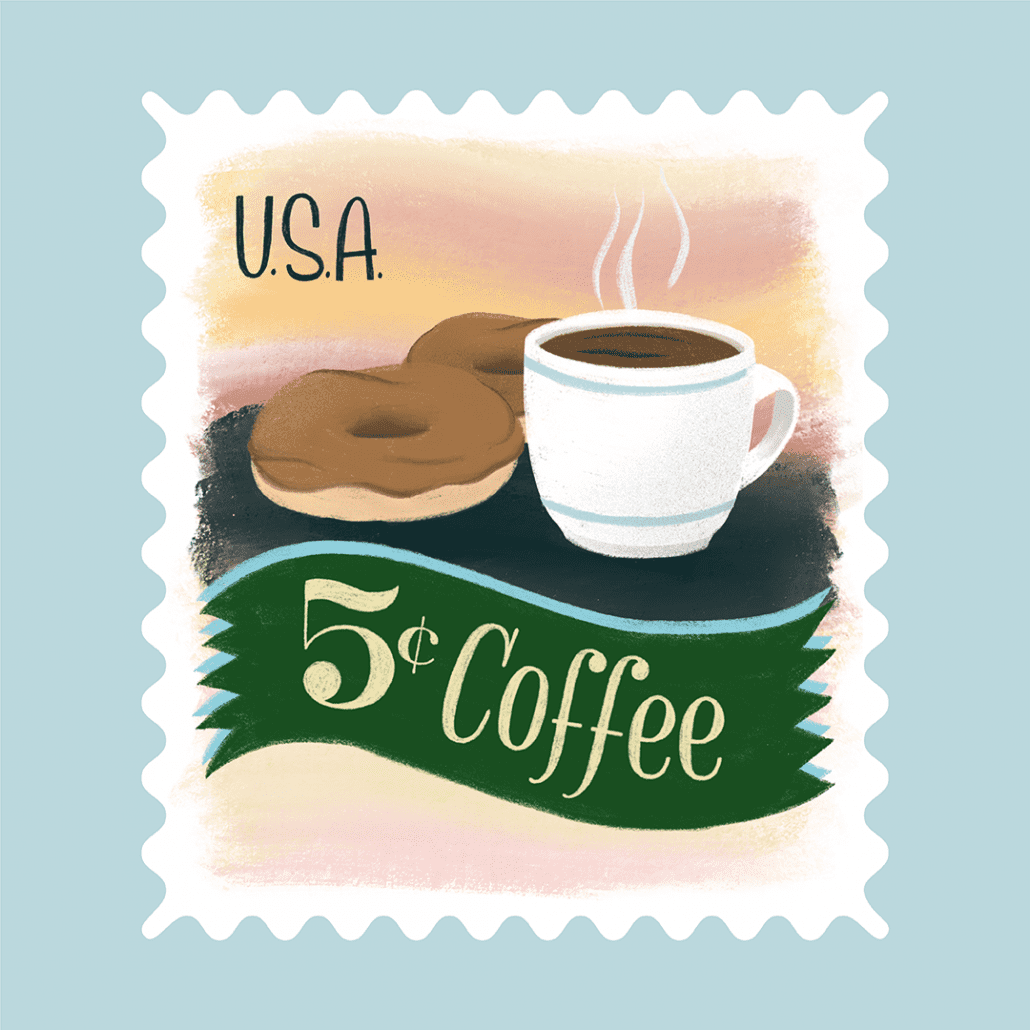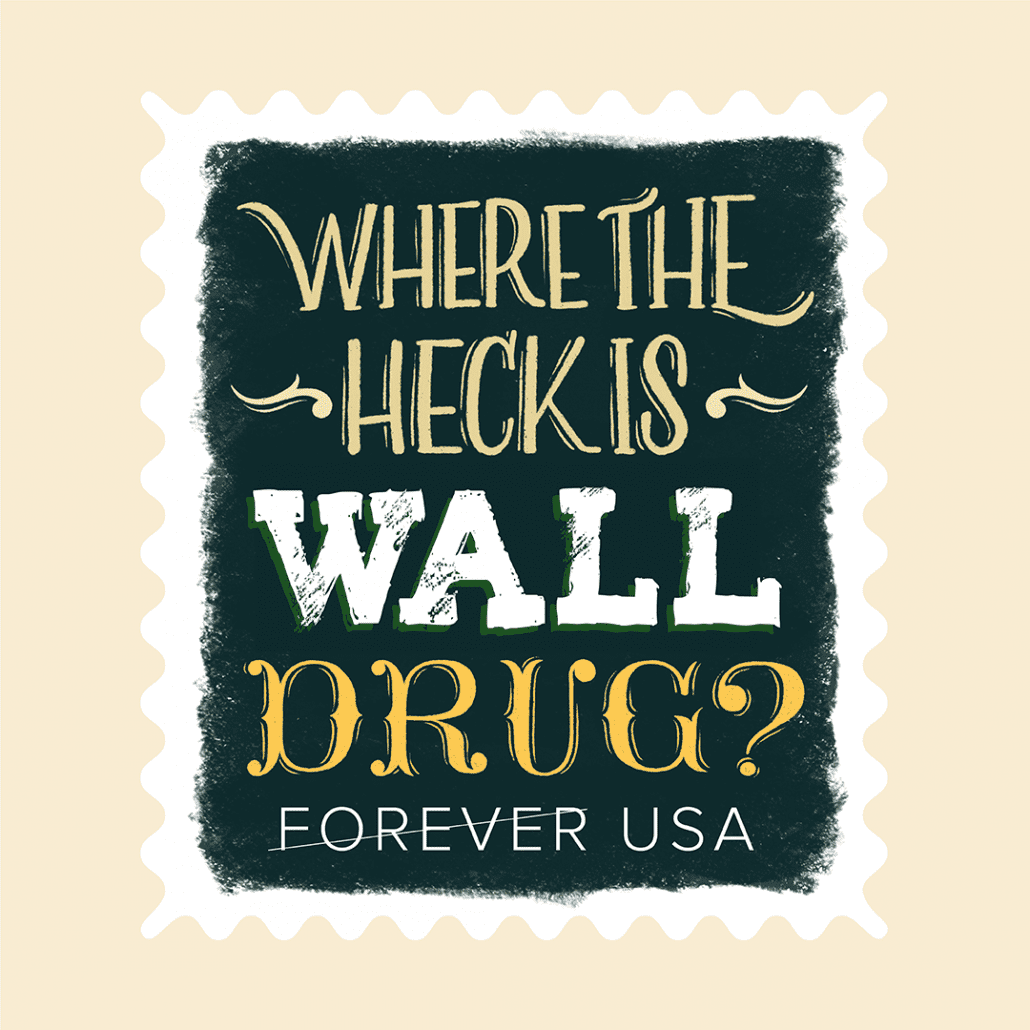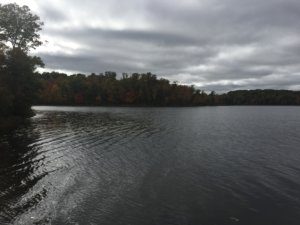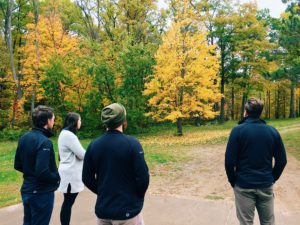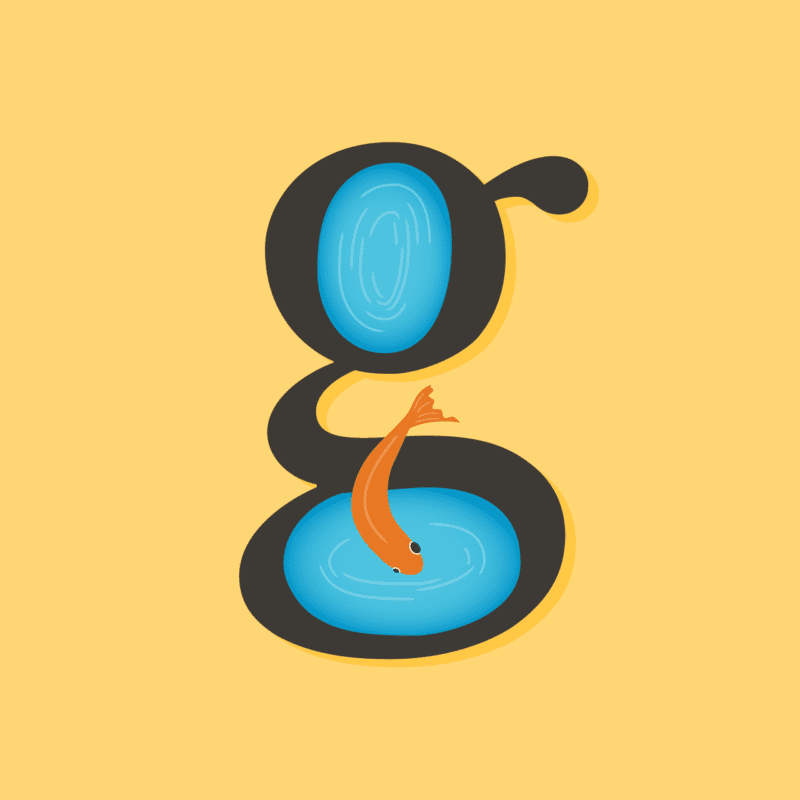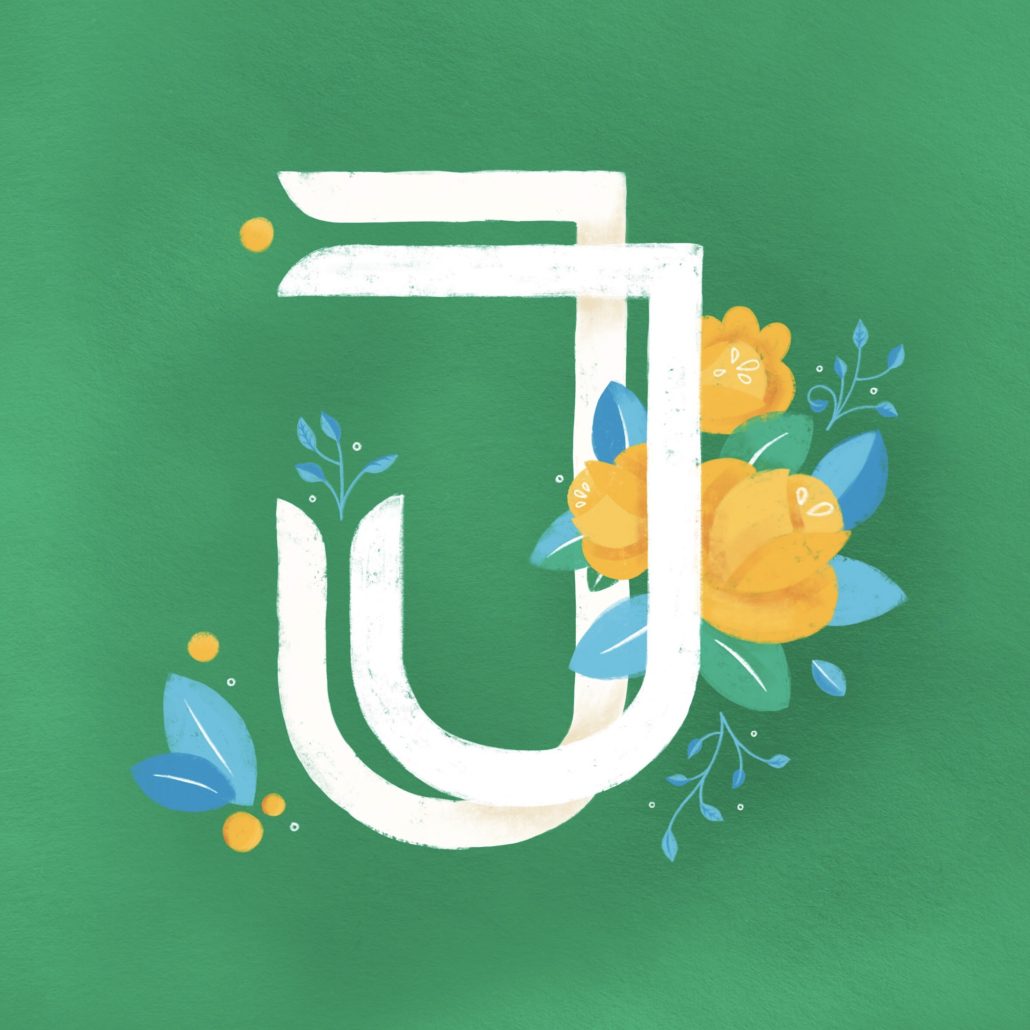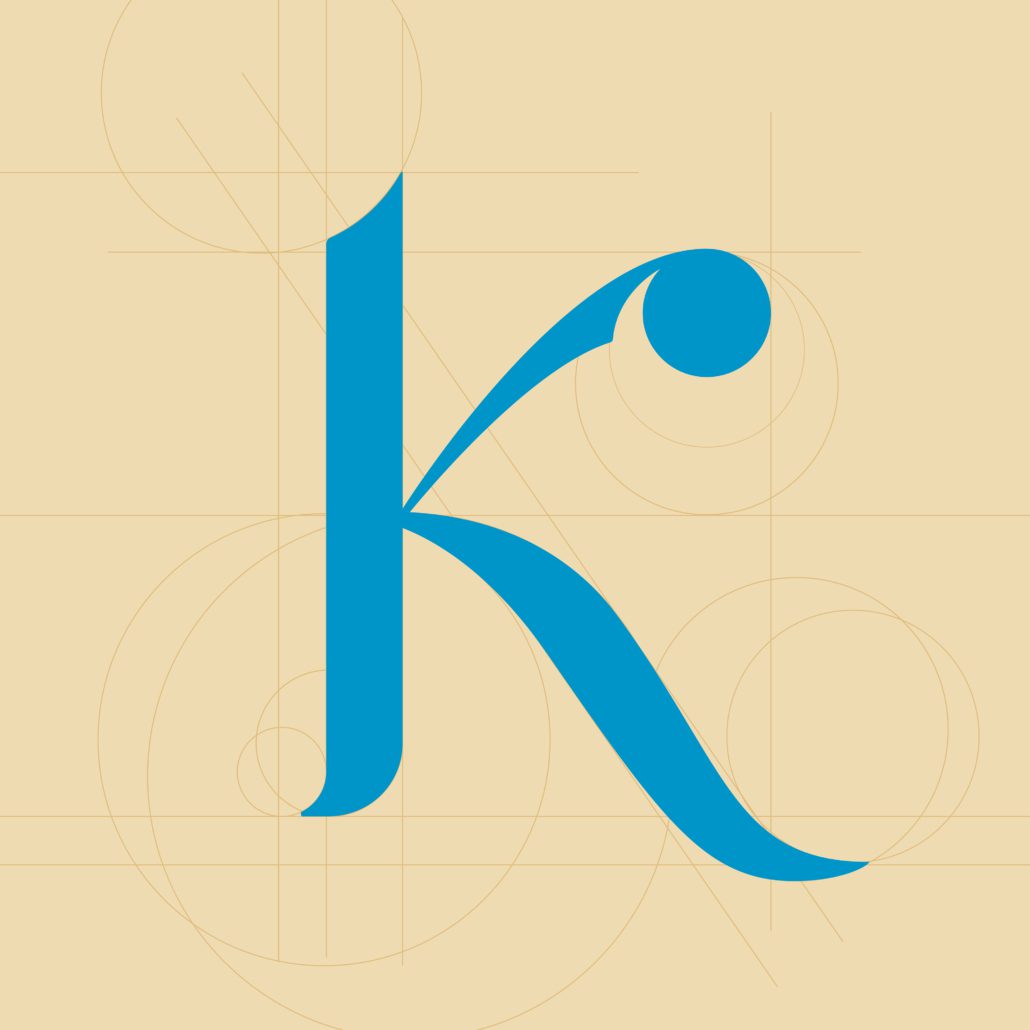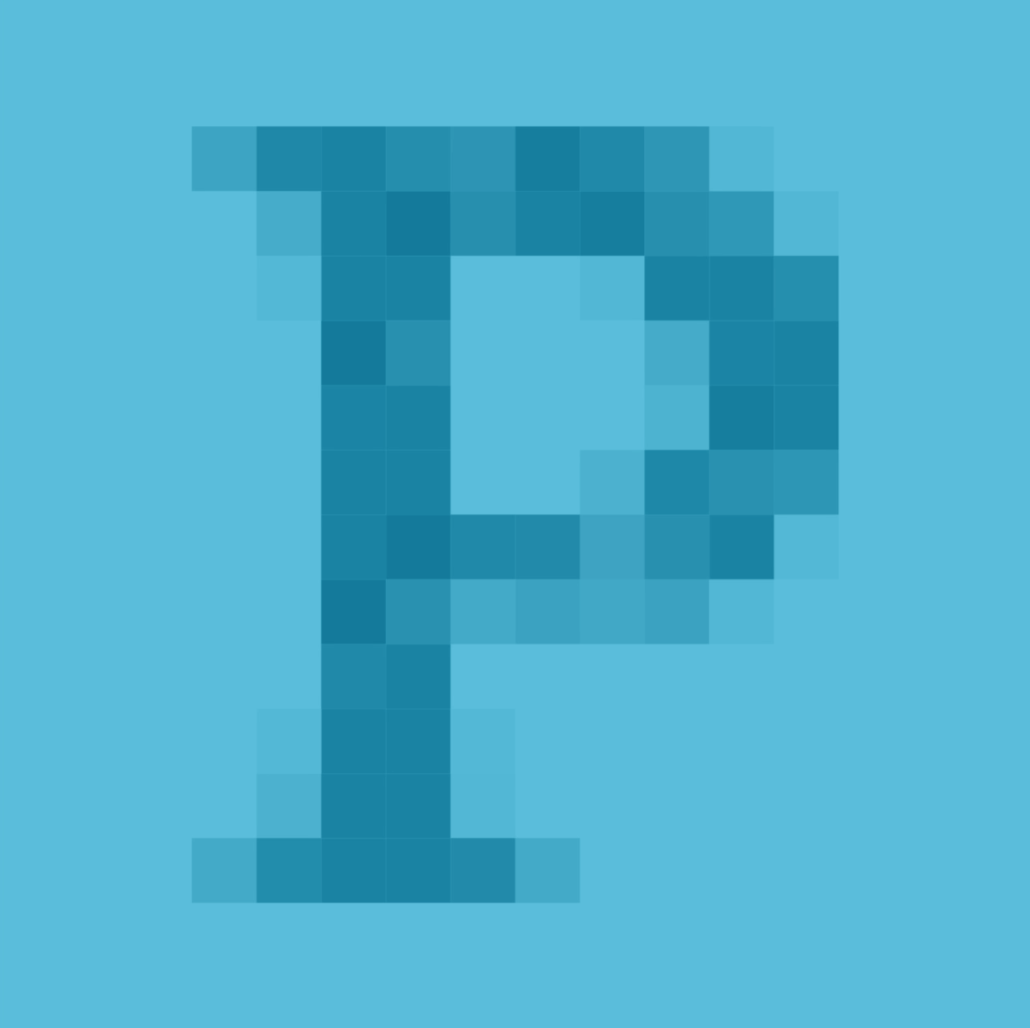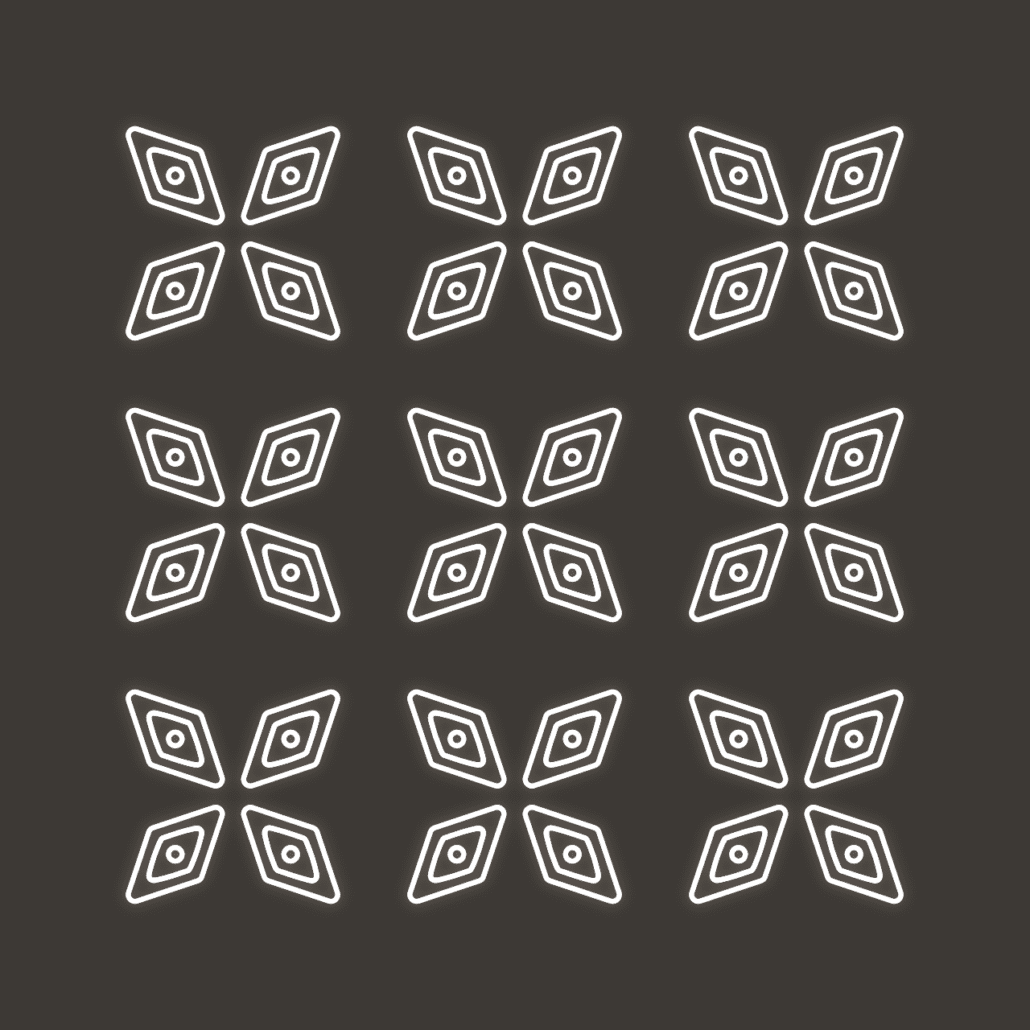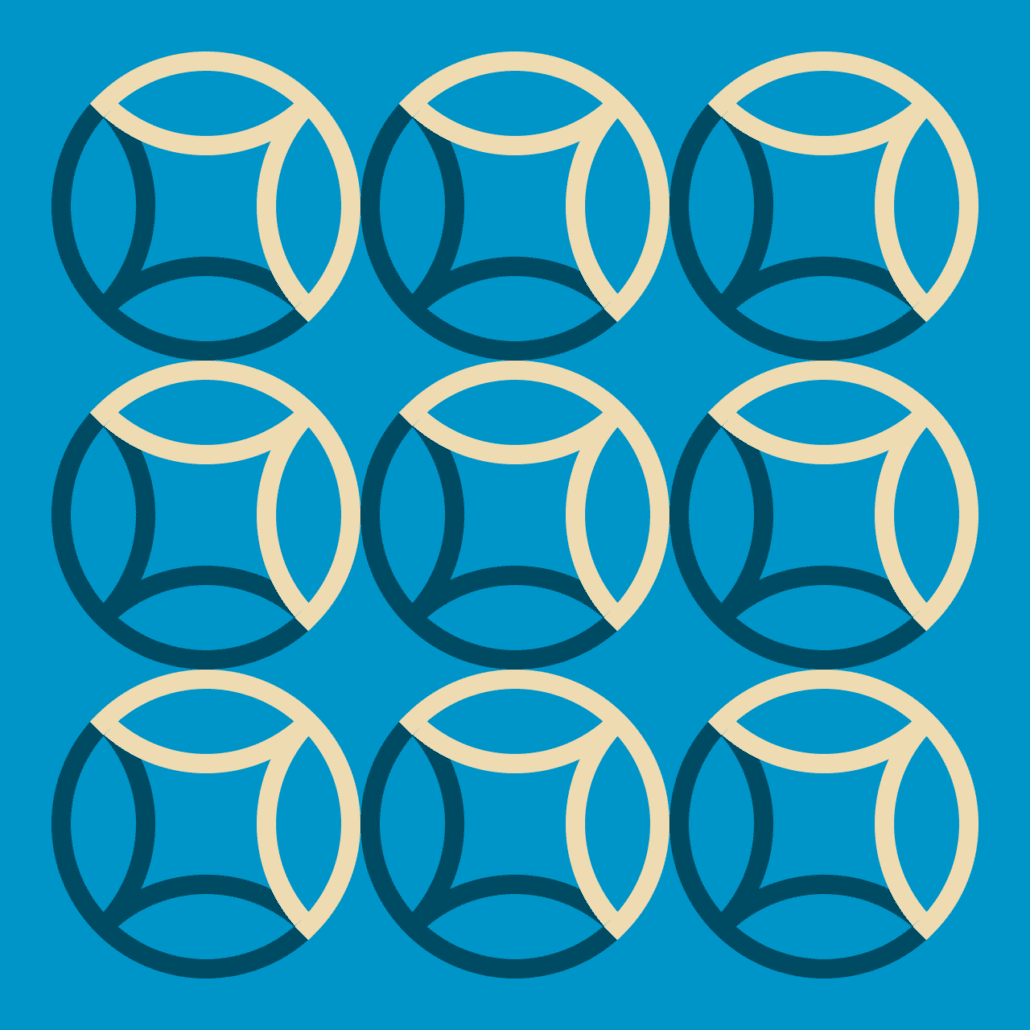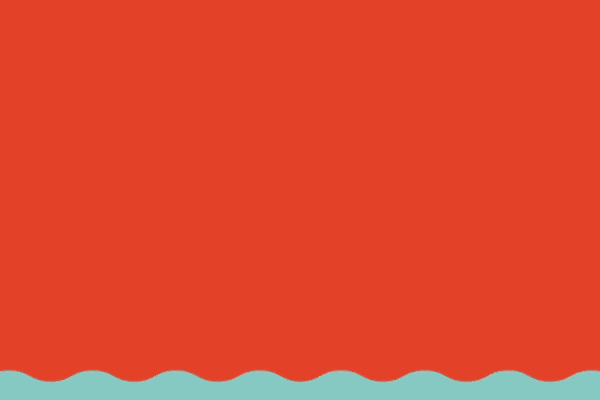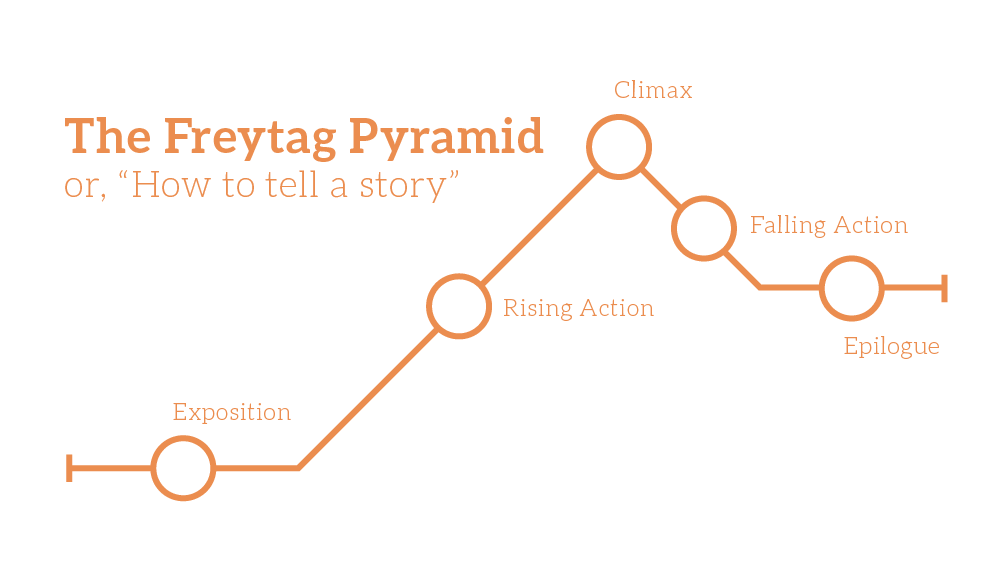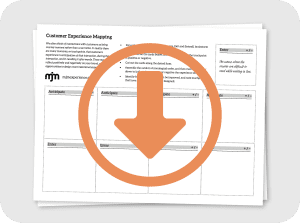Commonplace in Community
A commonplace book is one central location for keeping important, interesting, or useful information. The practice of commonplace was used to keep track of ideas, concepts, facts and any piece of useful information that one might want to return to later. The commonplace book would be a fertile ground for new ideas and insights to form. Sometimes the books were kept as general collections, but were often kept on a specific topic or theme. The curators of these books found immense value in both the practice and the book itself.
These books were recorded by hand, in a journal. Over time, the practice has evolved with technology and now there is a proliferation of ways to keep a commonplace book as well as new kinds of content to keep in them. Digital apps like Evernote are a great way to keep a commonplace book, and are a clear evolution from the traditional pen and paper format.
These books were very personal artifacts for use by an individual. But something interesting has happened with the advent of the internet, blogs, and social media. Our commonplace books have become public, community commonplaces. Tumblr blogs, Instagram accounts, and Pinterest boards all can function as a sort of commonplace book. On Reddit, the community votes the most compelling content to the top.
These are all public, curated collections. And we have the ability to follow the collections of others. Your follower list is a curated collection of notable people. There’s an exponential or fractal quality to it. Or perhaps a kaleidoscope is a better metaphor. Ideas from a variety of sources are brought into friction and collision with one another, in a way that perhaps they wouldn’t if they were strictly private collections.
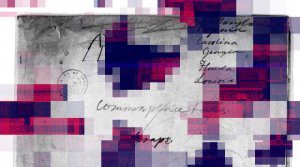
But are these collections really in the spirit of keeping a commonplace book? Keeping commonplace is a deliberate practice. It is done with care, and the entries into a book are meaningful — they are recorded for a purpose. If we are to see these public collections of content as commonplace books, they must not be divorced from intention and context. We need to understand why something was shared if we were not the ones to originally share it.
At MJM, we use Slack for internal communication, and have several channels that function as commonplace collections of sorts, curated by our whole team. #inspiration is full of articles, quotes, videos, and websites shared by members of our team who were inspired by them. Members of our team with an interest in motion graphics and animation have a channel named #timeline-chatter (after the timeline interface element common to editing and animation programs). We share tips and tricks that we have found as well as examples of animation that we want to learn from.
The entries that inspire and engage others are those that include a brief personal note from the poster about why they found the item so interesting. These entries give context and are endorsed with the enthusiasm of someone who shares similar interests. It’s an invitation to dialogue, and helps establish a foothold for a common, shared vocabulary. The goal is not just to find the coolest thing and be the first to share it. Keeping commonplace is a constructive act. The goal is to build and expand upon each other’s curiosity and knowledge. This creation of context and invitation into dialogue is vital to a community collection that is truly in the spirit of commonplace.
This has implications for those of us who create, collect, and manage content for others as well. We should strive to be intentional and constructive with the content we create and share, and not just another distraction. And we must consider how we facilitate the creative act of curation as a unified group, not just a collection of individuals.
Brady is a graphic designer at Matt Jensen Marketing.

